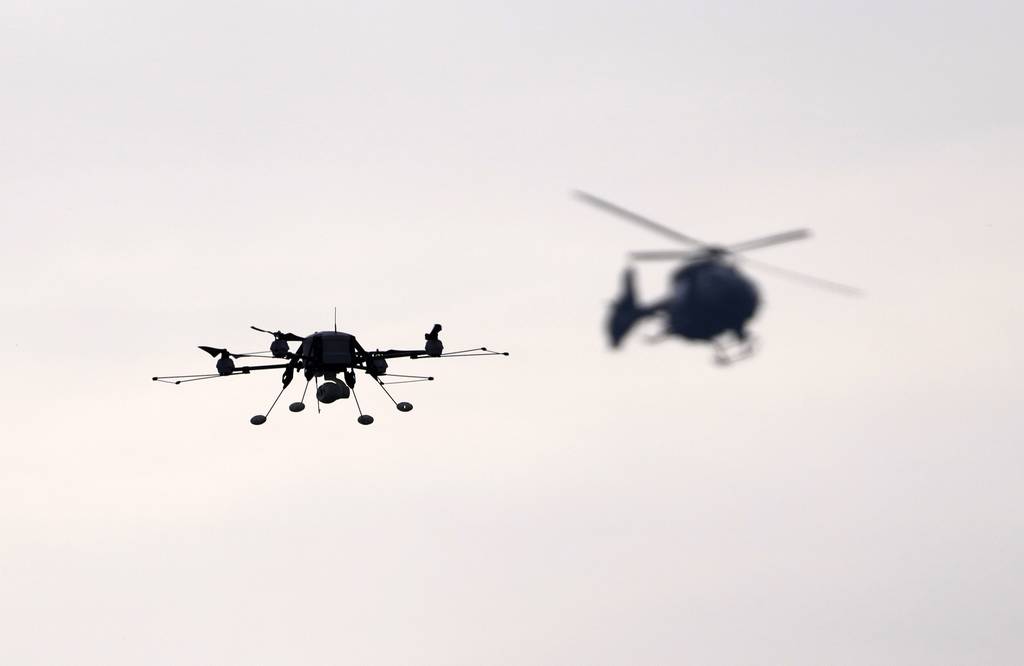En los últimos años, la estrategia de adquisición de vehículos aéreos no tripulados de Serbia buscó lograr un equilibrio entre una mayor diversificación de proveedores extranjeros y una mayor expansión de su propia industria nacional. Desde 2019, la flota de drones de Serbia ha dado la bienvenida a nuevos drones, incluidos los CH-92A fabricados en China, entregados en junio de 2020. Esto aumentó enormemente las capacidades de vigilancia aérea de Serbia gracias a sus 250 kilómetros (155 millas) de alcance en el campo de combate. Mientras tanto, está en camino la munición merodeadora Gavran de fabricación serbia y una versión armada de su pequeño dron Vrabac que se mostró en agosto pasado y que podría transportar hasta seis granadas.
MILAN, Italy — Amid rising tensions with Kosovo, and Serbian President Aleksandar Vučić’s recent order to shoot down all UAVs found in no-fly zones and near military facilities, Iranian officials suggested that Serbia made a formal bid to purchase that country’s drones.
If true, the purchase could make Belgrade the largest military drone operator in the Balkans.
Over the past few years, Serbia’s UAV procurement strategy sought to strike a balance between increased diversification of foreign suppliers and further expanding its own domestic industry.
Since becoming the biggest military spender in the Balkans in 2019, the country’s drone fleet has welcomed new arrivals including Chinese-made CH-92As, delivered in June 2020. This greatly increased Serbian air-policing capabilities thanks to its 250 kilometer (155 mile) combat range.
Meanwhile Serbian-made Gavran loitering munition and an armed version of its Vrabac small drone shown last August and said to be able to carry up to six grenades are being developed.
Displayed at Eurosatory 2022, the Gavran is the first system of its kind to be developed locally. The Serbian technology has a maximum take-off weight of 50 kilograms, can carry payloads up to 15 kilograms while flying at a maximum speed of 120km/h for 30 minutes out to a range approximating 100 kilometers.
As first reported by Janes, it was further conceived to operate in a multiple-drone swarm controlled from a sole command station. The system is said to have substitutable explosive payloads, capable of carrying a 12 kg warhead and is launched from ground-based canisters mounted on either trucks or trailers.
Based on the standard ISR model, the first prototype of a weaponized version of the Vrabac drone was displayed in Belgrade earlier this year. More compact than its predecessor, it can be equipped with six 40mm M22 munitions with a 5 meter range capability.
The original Vrabac was developed with an electro-optical turret located under its nose to carry out reconnaissance operations. While it is currently in the service of the Serbian military, it remains unclear when its armed variant will become operational. These newcomers will join Israel’s Orbiter 1 and the domestic Silac 750C already flown by Serbia (its Pegaz 011 UAV is still undergoing development) .
While the country has openly stated its interest in acquiring Turkish TB2 drones multiple times in the past, these plans might be halted after unconfirmed claims were made by Iranian Major General Yahia Rahim Safavi stating that Belgrade is one of 22 countries to have filed a formal bid to buy Iranian UAVs.
On this, Peter Voinovich, editor-in-chief of Serbian aviation news portal TangoSix is not convinced, stating that the country “has significant capabilities both in engineering and manufacturing (as it produces a lot of composite aircraft in the civilian aviation sector) to cater to its own needs that there is really little Iran could possibly provide it with in terms of either finished UAV products or in know-how.”
Fuente: https://www.c4isrnet.com


